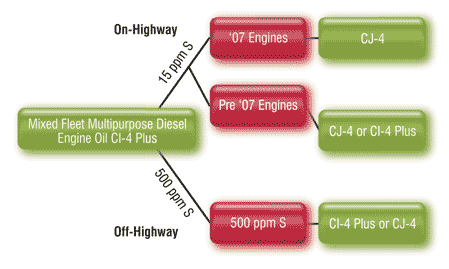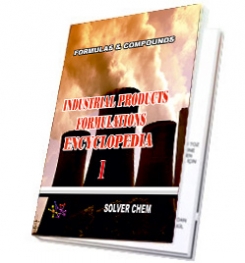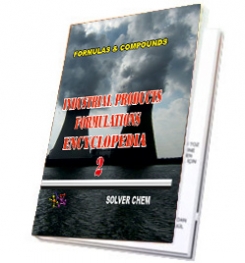Heavy duty-diesel engine oils are comprised of approximately 75 to 85 percent base oil with the remainder made up of additive systems. The sulfur concentration in the base oil can range from zero (synthetic base fluids such as PAOs) to as high as 0.5 percent by weight (Group I base stocks). Sulfur content in a base oil can be reduced by the use of refinery hydrotreating and hydrocracking methods to levels ranging from less than 0.1 to less than 0.3 percent by weight. The additive systems used are also major sources of sulfur. The sulfur-containing additives used in the formulation of heavy-duty diesel engine oils include the detergents, antiwear agents (primarily from zinc dithiophosphate, ZDTP or ZDDP), corrosion inhibitors, friction modifiers and antioxidants.
It has been estimated by the EPA that any amount from 1 ppm to 7 ppm of sulfur can be contributed to the diesel engine's exhaust, when the engine oil enters the combustion chamber and burns. The worst-case estimate of 7 ppm is based upon nominal heavy-duty diesel vehicle fuel and oil consumption rates of 6 miles per gallon and 1 quart per 2,000 miles respectively.
During normal operation, only a small percentage of the engine oil consumed by open crankcase ventilation heavy-duty diesel engines travels past the rings and burns in the combustion chamber. The remainder of the consumed oil is lost through evaporation by being emitted through the crankcase ventilation tube and is not combusted. If an engine oil that contains a
sulfur level of greater than the 0.4 percent maximum limit for API CJ-4 were used in a 2007-compliant engine, the closed crankcase ventilation system would recover the evaporated oil and carry it through the exhaust stream.5,6,7
Once in the exhaust stream, sulfur can inhibit the effectiveness of the particulate filters by poisoning the catalysts. This poisoning of the catalyst can increase the conversion of sulfur oxides to sulfates, which increases particulate emissions and accumulation of particulate material. Accumulation of particulate material can lead to reduced engine performance, due to increased backpressure and ultimately failure of the trap. To clarify sulfur, once it poisons the catalysts, it desensitizes them and blocks active sites on the catalysts. This causes the sulfur oxides to be converted to sulfate particulates which increases particulate emissions and also leads to the buildup of particulate matter in the aftertreatment devices.


any engine oil
LUBRICATING OIL
FORMULATIONS
ENCYCLOPEDİA
is enough.
LUBRICATING OIL FORMULATION ENCYCLOPEDIA has many formulations of greases, complex grease, lithium grease production,sodium greases formula, formulation,multigrade engine oils manufacturing process,motor oils making, gear oil production, synthetic engine oils,semi synthetic motor oils,gasoline oils,diesel oils production process,composition of turbine oils,transmission oil manufacturing, production of cycle motor engine, tractor oils,mineral based motor engine production,heat transfer oils, slideway oils formulation, formulations, cutting oils formula,formulas grinding oils,mould oils manufacturing process and etc.
All lubricating oils in the encyclopedia are producible easily.You need no help and no technıcal support. The encyclopedia is enough to produce lubricating oils and engine oils itself.
LUBRICATING OIL
FORMULATIONS
ENCYCLOPEDIA
is written clear and understandable.


HARD BOOK E BOOK
RELATED TAGS: What is engine oils,making synthetic diesel engine oil,semi synthetic engine oil manufacturing process,mineral based engine oil production, heavy duty engine oil formulation,high performance engine oil formula,formulas,properties of motor oils,synthetic motor oil msds, analysis,composition of engine oils,additives of motor oils, mineral engine oil formulation,make semi synthetic diesel engine oil, base oils,synthetic base oils,light neutral oil,heavy neutral oil,performance additives package, properties of diesel engine oil, how to formulate engine oils, types of engine oils, synthetic motor oils,ingredients of engine oils,compounds of engine oils, index of motor oil,characteristic of motor oils,application of motor oils,combination of synthetic engine oils.
SOLVERCHEM PUBLICATIONS

|
|

|
|

|
|
